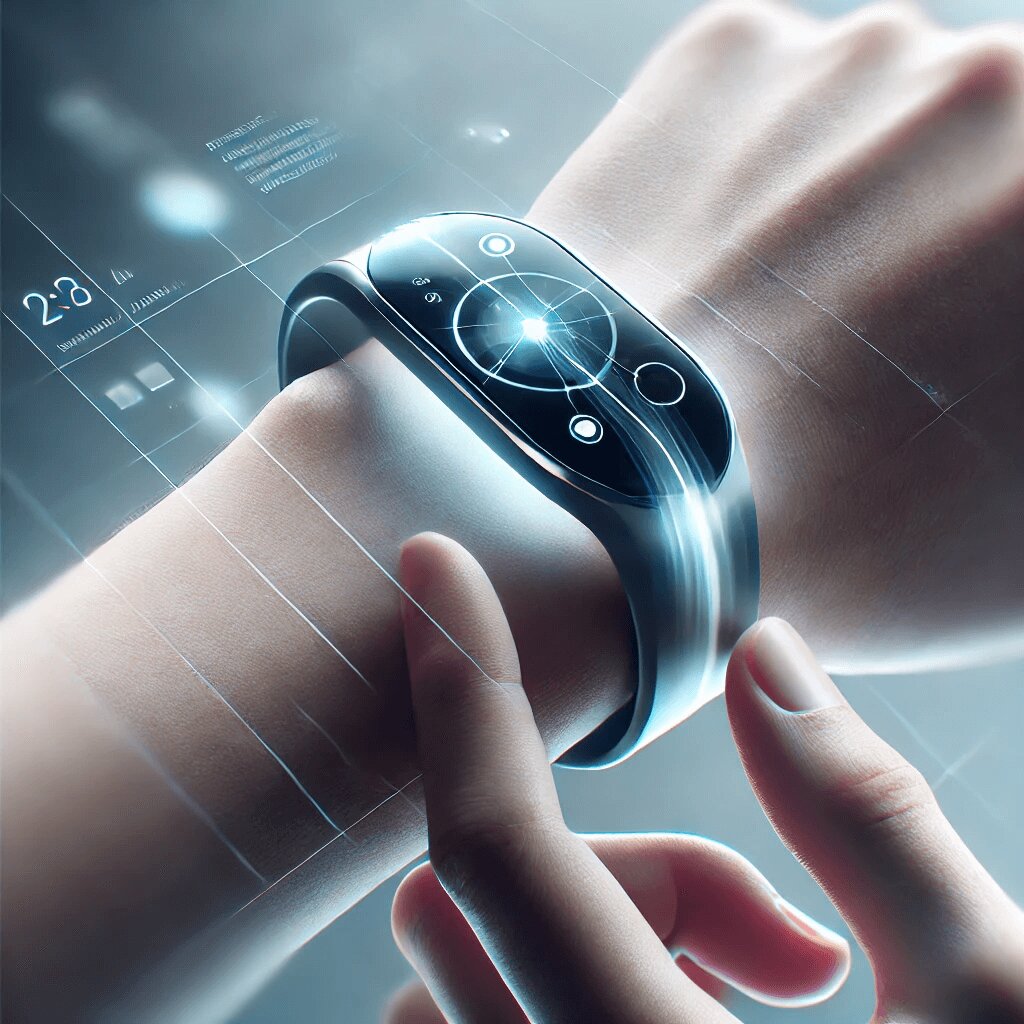In an era where health consciousness is on the rise, wearable technology like the Fitbit, Apple Watch, and Oura Ring has gained significant traction. These gadgets, favored for their ability to monitor heart rates and blood pressure, are evolving beyond their initial purpose to potentially become pivotal in early disease detection.
A recent study from the University of South Australia (UniSA) underscores the promise of wearable activity trackers in identifying early indicators of diseases, particularly atrial fibrillation linked to strokes and COVID-19. Researchers conducted a systematic review and meta-analysis, examining data from 28 studies involving 1.2 million participants. Their findings could redefine the role of consumer-grade fitness trackers.
The research indicates that wearable technology is impressively accurate. It can identify COVID-19 status (positive or negative) in 88 out of 100 people—comparable to rapid screening tests. Additionally, it can detect atrial fibrillation in 87 out of 100 people, on par with medical tests conducted by healthcare professionals. The devices are also reliable in identifying falls, correctly identifying 82 out of 100 incidents.
Originally designed to monitor fitness and exercise performance, wearable technology has now advanced to provide accurate, timely metrics such as blood pressure, heart rate, oxygen levels, sleep quality, skin temperature, hydration, and stress levels.
Dr. Ben Singh, the lead researcher at UniSA, emphasizes the transformative potential of these devices. “With healthcare budgets soaring, the demand for cost-effective interventions that improve patient outcomes and reduce costs has never been more pressing,” Dr. Singh notes. “Our systematic review reveals that devices like Fitbits and Apple Watches hold significant potential for detecting COVID-19 and heart conditions in real-world settings, promising substantial improvements in personal health monitoring.”
Wearable trackers empower individuals to take a proactive stance towards their health. By enabling real-time health monitoring, these devices can help users respond swiftly to potential health issues, possibly averting severe medical conditions.
However, there’s room for both expansion and enhancement, according to Professor Carol Maher, a co-researcher at UniSA. “The true beauty of wearable activity trackers lies in their ease and convenience for real-time health monitoring. Despite this, their full potential remains untapped,” she says. “To be integrated into clinical practice, these devices need to cover a broader spectrum of health conditions and produce consistent results across diverse demographics.”
Wearable activity trackers are poised to become integral tools in health monitoring, promising advancements that could significantly impact personal and public health. As research progresses, we can anticipate more robust, inclusive applications that might soon become standard in medical care.


